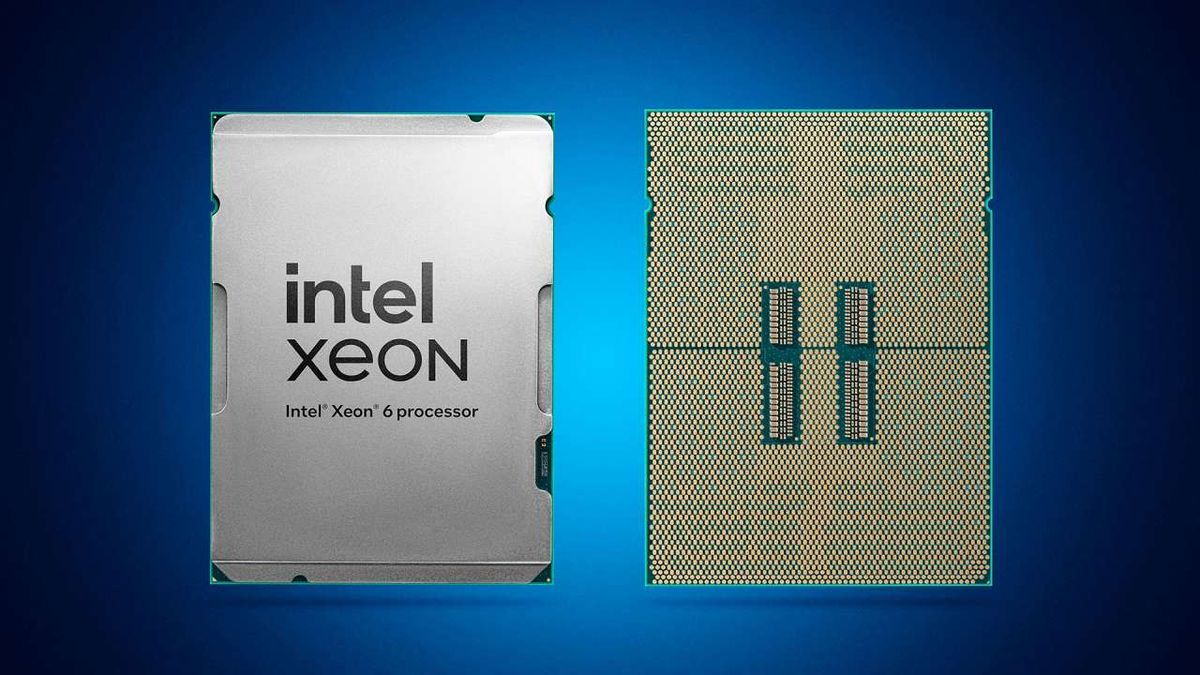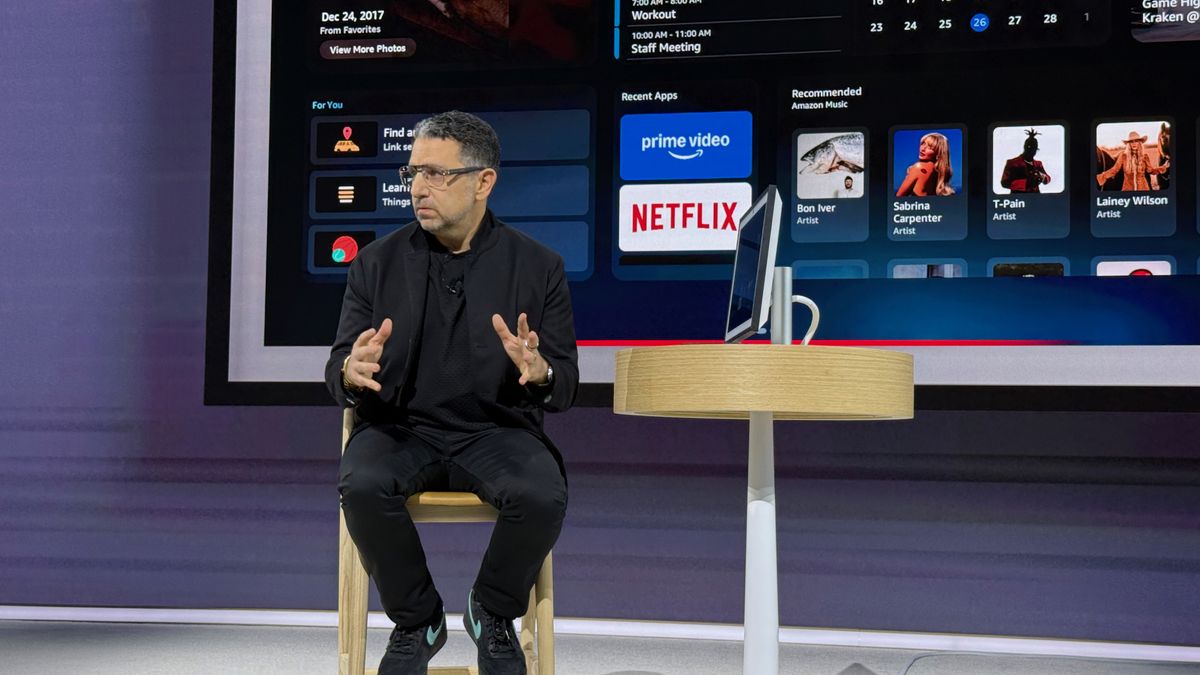In recent years, with the rise of generative AI, data centers have become one of the most important parts of the technology mix, and who makes the chips that power these giants is at stake.
At Computex 2024, Intel announced a series of updates to its chips for data centers and AI workloads with the launch of its Xeon 6 processors.
Intel retired Xeon 6 in April 2024 and made a big deal of the name
The crux of the matter
The company is pitching its chip offerings to major OEMs and organizations, particularly those with “legacy data center systems,” stating that the new Xeon 6 chips will offer more power efficiency and maximize floor and rack space.
Of the Xeon chip family, the first to debut is the Intel Xeon 6 E-core (codenamed Sierra Forest), which is already available, and then the Xeon 6 P-cores (codenamed Granite Rapids). launch in the next quarter.
As the names E-core and P-core imply, each focuses on efficiency and performance, respectively. Of course, that doesn't mean the E-core chips will be left behind: they'll work with most other chips out there right now.
According to Intel's fact sheet, there are many things to like about the Xeon 6 processors. For example, the 6700 series offers up to 1.4 times more memory bandwidth and up to a 1.1 times increase in bandwidth. input and output compared to fifth-generation Xeon models. Meanwhile, the more powerful 6900 has up to 1.8 times better inter-socket bandwidth than the fifth-generation Xeon.
This may sound like a bit of word salad, but for those running data centers, it's music to their ears: better performance with less power.
In terms of raw technical specifications, the Xeon 6 6700 series has up to 144 Efficient cores along with 86 Performance cores, while the 6900 series has up to 288 Efficient cores and 128 Performance cores. VentureBeat It has a good breakdown of the rest.
Intel at the top
It's no secret that Intel has been suffering for years, both in desktop/laptop chips and high-performance chips. Apple's shift towards its far superior A and M series chips within the latest MacBooks, iPhones, iPads and iMacs has seriously affected its position within the industry.
Intel CEO Pat Gelsinger has made it his mission to reverse Intel's dwindling fortunes, even directly attacking Nvidia CEO Jensen Huang during his keynote speech at Computex.
On the high-end front, Nvidia has absolutely dominated the last few years, hitting an incredible $2.8 trillion market cap in recent weeks thanks to strong first-quarter earnings that showed a ridiculous 262% year-over-year jump in its revenues to more than 26 billion dollars. behind its sales and dominance of AI chips.
In addition to Apple and Nvidia, AMD is also challenging Intel. According to IoT Analytics, Nvidia has an incredible 90%+ market share in the AI chip industry, leaving AMD and Intel to take care of the rest.









